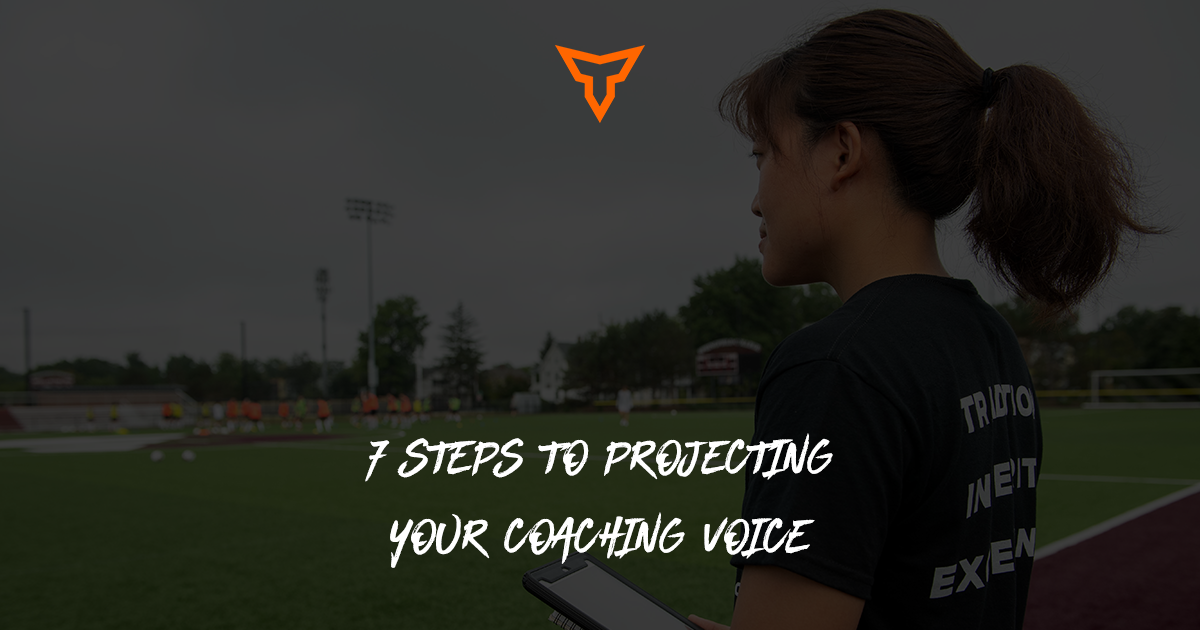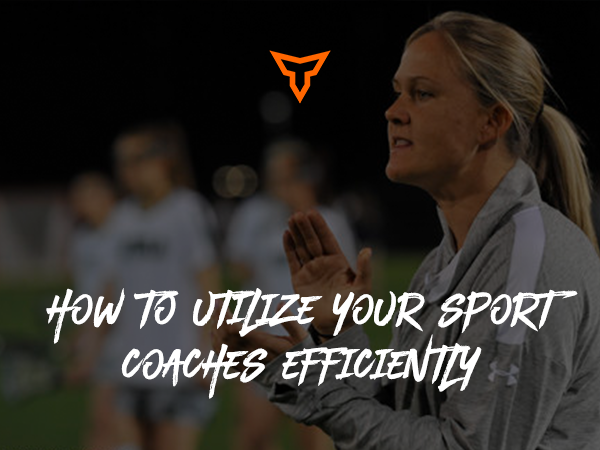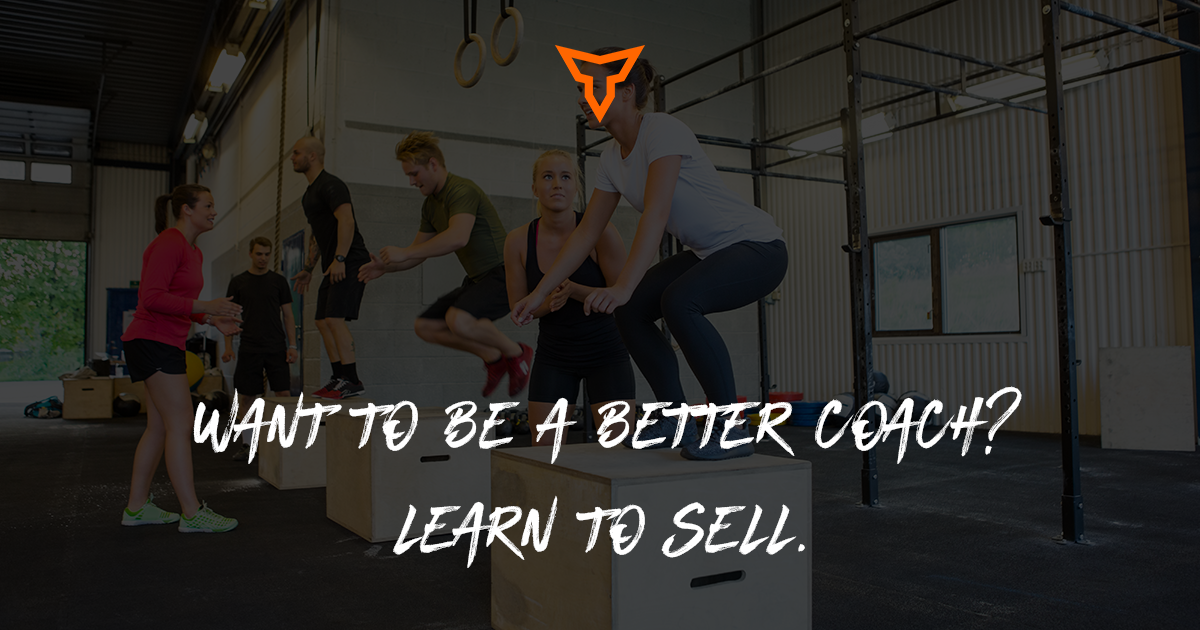Bridging the Gap: High School and Private Sector Coaches
We have the great challenge as strength and conditioning coaches of directing an athlete’s development without complete control of all the variables. These variables can be as simple and direct as the sport they play, their genetics and where they live, or as complicated as the many coaches and influences in their life. Of these influences, there are positive and negative ones; especially people. Hopefully all of the coaches in their life are positive figures and add value to their lives instead of taking from them!
These coaching figures can come from all different directions, both on campus and off, and unfortunately can pull the young person in all different directions too. My hope is to share how relationships with coaches in our off-campus community have added to our strength and conditioning program on-campus and ultimately my relationship with our students.
1. We're All On The Same Team
The most important thing for both parties to mutually understand is that the athlete comes first, always. Anything else will result in a failed relationship, poor communication, and ultimately a poor training experience for the athlete. It shouldn’t be us vs. them or our team vs. their team. Like the members of a team on the field, there is opportunity for multiple coaches to serve different roles in the athlete’s life.
I struggled early on in my career with an “all in or all out” mentality that did nothing but sour personal relationships with kids, frustrate me personally, and hurt my ego (though that might have been a good thing).
Why didn’t kids see that they could get everything they needed by simply following my program? Instead of looking inwardly I blamed outwardly and, in the process, failed to see the holes in my own coaching. Today, I try to be much more inviting, and inquisitive, toward private sector coaches, especially those that are training some of our student athletes. I’ve long believed the best way to get young athletes to buy-in is to have the people closest to them speak highly of you; parents, friends, on-campus coaches or even an off-campus trainer who may be a person they confide in the most.
Similarly, my conversations with students who choose to seek outside training have changed too. Instead of discrediting other coaches or ostracizing athletes for working with them, I ask questions. Asking athletes about their outside training will gives me a much clearer idea of where their trainers program and my program fit into the athlete's development. *Side note: I have met a couple good friends and colleagues through training mutual athletes but personally I have found that discussing specific program details just doesn't really work.
On this point, I’d like to mention that I’m also often on the other side of the coin. I work with student-athletes from other schools on weekends which could present a 'threat' on relationships with local coaches.
a. First, being a rep. of a local high school there’s concern, understandably, of recruiting or “stealing” other coaches’ athletes. I like to encourage other coaches to be a part of the training and/or inviting their student-athletes to train THROUGH them, instead of behind their back, goes a long way in appeasing these concerns.
b. Next, as their “private” coach, my number one rule is that they won’t miss a team training session to train with me. I remember Hunter Wood, a great coach and friend who works in the private and high school sector, stressing this point to one of his athletes when I first met him years ago. I was still in my “us vs. them”, “me vs. the private sector” phase so there I was thinking “why can’t every private trainer be like Hunter”. Today, I ensure no kid will ever miss a team session, not because I want to make their on-campus coach happy (though that’s a pleasant byproduct), but because I believe in the power of team sports more than I believe in my own program. That’s not to belittle my program, I believe in it to the nine, but ultimately there are things much bigger than that program or one day of it.
2. Mentors Come From Many Places
Sometimes, an outside set of eyes can be helpful in the continued development of a program or young student-athlete. It's always resourceful to connect with other coaches for perspective on your own program but it's even better when you meet someone who is stronger in your weak points. This not only makes you better but it makes you better for your athletes.
For me, that's Ian Markow. Ian has been a great friend for a long time and is one of the leading experts in all things mobility and has worked with many of our student-athletes individually and been a sort of consultant for our broad-scale mobility programming.
Of course befriending a leading expert in every field is not always in the cards but reaching out to other local coaches can still help provide fresh ideas and fresh eyes for programming!
Now, when it comes to mentoring your student-athletes, don't ever feel like you have to be sole mentor. We all have blindspots in our programs and sometimes student-athletes fly under the radar, it happens. We have lives too and can't be everywhere all the time so I think this a component of the program that can also be outsourced.
3. Soft Skills and Sales
Admittedly I’ve never been the best at sales and the soft skills that come with it, which is probably why early in my career I was self-conscious of athlete buy-in. I think one of the areas coaches struggle with most when transitioning from the college level to the private sector or even a private school is the ability, or inability, to sell.
Sales and buy-in, though very much related are not exactly the same. A football program, especially at the high school level, can win a lot of games without absolute buy-in in the weight room. Most of the state championship programs across the country probably don’t have a full-time strength coach and some probably don’t even have a coach on staff they would label as their “strength coach”. It's not to discredit our profession but it does make our job easier when the athletes are 100% bought into a program and you don't have to sell it.
However, in the private sector, sales is your life-line. If you don't have a group of individuals 100% bought into YOU first, your program second, it could be a struggle to stay afloat. Attendance and paychecks aren't guaranteed in the private sector. Coaching at a private high school is not all that different from working in the private training sector. Of course wins are meaningful to the kids and myself, but customer approval is very much the name of the game. “Losing the locker room” in our instance is losing the approval and trust of the community and most importantly, the students’ parents.
I truly feel like learning the trade of sales and customer service has made me a far better coach than any acquired S&C related skill has.
4. Collaborate: You Never Know Who You’re Meeting
Collaboration is the window to the community. Although competition is healthy, it should never get in the way of what’s best for a student-athlete. Additionally, just like a set of parents or a coaching staff, sometimes having multiple influences can be a good thing. The whole of two programs may be better than the sum of their parts.
You also never really know who you might meet. I’ve met independent coaches who’ve become staff members and high school coaches who’ve hired colleagues as well. There can always be some positive that comes from any connection and I don’t believe any new connection is a bad thing.
Subscribe to our blog
Subscribe to receive the latest blog posts to your inbox every week.
Related posts

From the GA's Desk: 7 Steps to Projecting Your Coaching Voice

Become a Super Strength Coach Using... Sports Coaches


